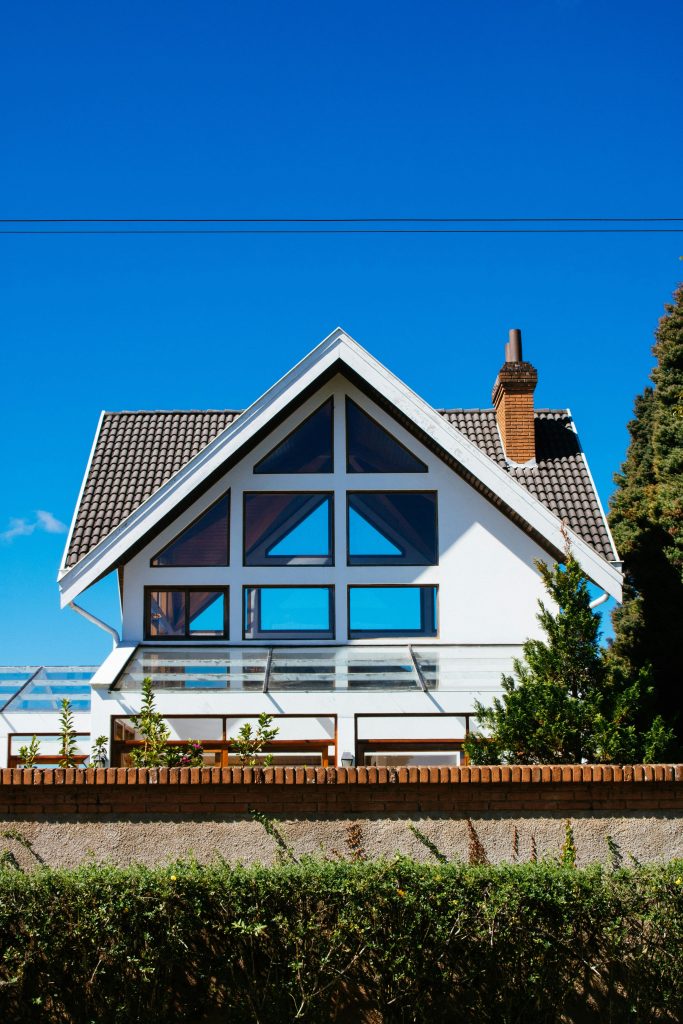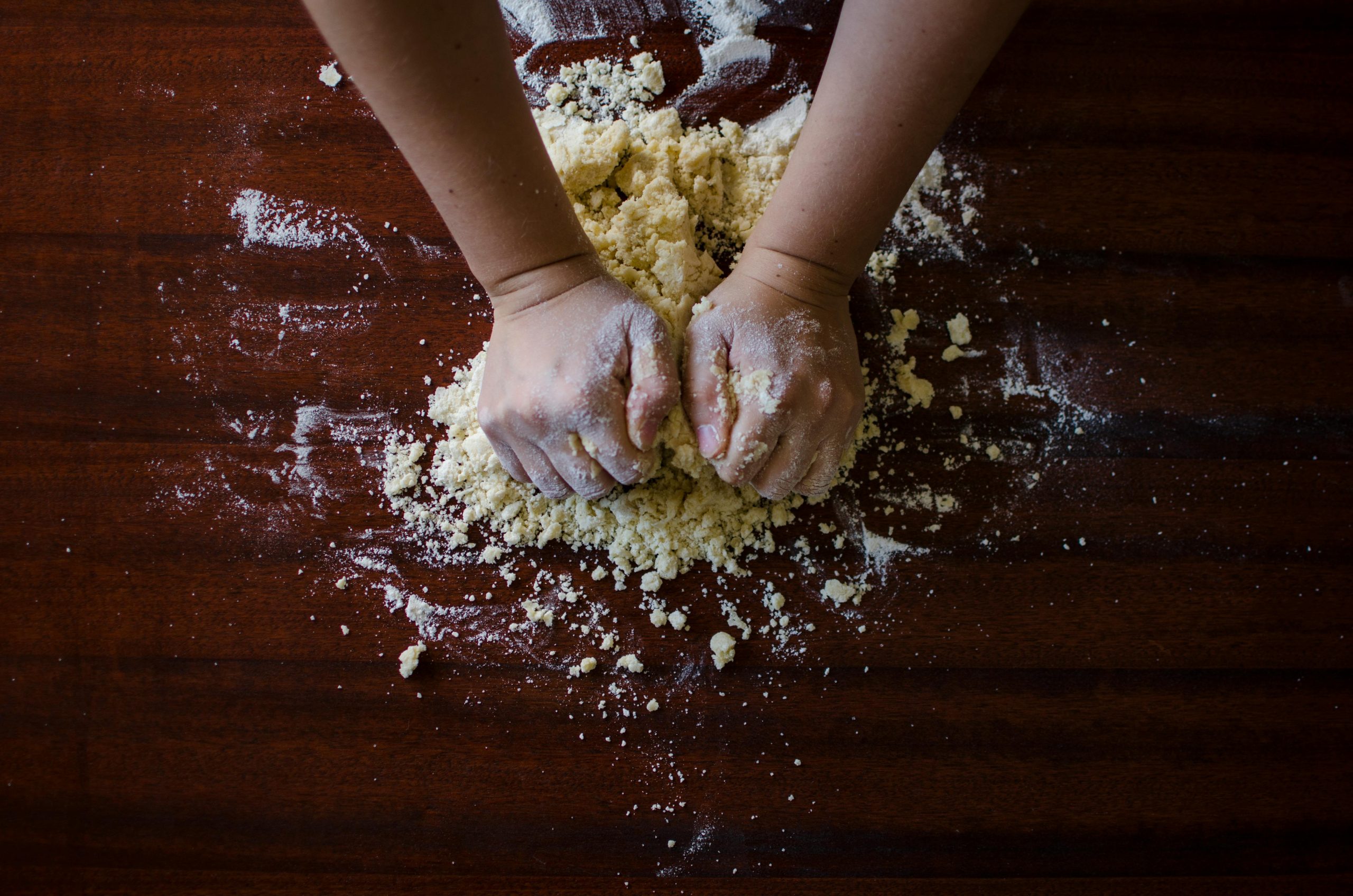How Weather Affects Your Roof and What You Can Do About It
When Nature Tests Your Roof
Your home is your sanctuary, but the roof above it takes the brunt of everything nature throws its way. Every season, from scorching summer heat to relentless winter snow, leaves its mark. Over time, even the sturdiest roofs can weaken, leading to leaks, cracks, and unexpected repairs.
Photo by Athena Sandrini
A strong, well-maintained roof isn’t just about aesthetics—it’s essential for protecting everything inside your home. Think about those heavy spring rains or sudden temperature shifts that cause materials to expand and contract. Without proper care, these little stressors add up, turning minor issues into costly damage.
Many homeowners don’t think about their roof until something goes wrong. But by understanding how weather impacts it, you can take proactive steps to extend its lifespan. Whether it’s routine inspections, seasonal maintenance, or choosing the right materials, small changes make a big difference in keeping your home safe and dry.
It’s time to give your roof the attention it deserves. Let’s explore how different weather conditions affect its structure and what practical steps you can take to prevent major headaches down the road.
1. Heavy Rain and Moisture Damage
Rain might seem harmless, but continuous exposure to moisture can weaken your roof. Over time, water can seep into small cracks, leading to leaks, mold growth, and rotting wood. If water collects in clogged gutters or low spots on the roof, it increases the risk of structural damage.
What You Can Do:
- Regularly clean your gutters to prevent water buildup.
- Inspect your roof for missing or damaged shingles that could allow water to seep through.
- Ensure proper attic ventilation to reduce moisture inside your home.
- Schedule an annual roof inspection to catch small leaks before they turn into major problems.
2. High Winds and Storm Damage
Strong winds can tear shingles off your roof, leaving it vulnerable to leaks. Severe storms may also cause debris, such as branches or loose objects, to hit your roof and cause damage. If you live in an area prone to hurricanes or strong winds, your roof may be at greater risk.
This is why residential roof installation should be done using durable materials that can withstand severe weather. A professionally installed roof protects your home and ensures long-term resistance against wind and storm damage.
What You Can Do:
- Trim tree branches near your home to prevent them from falling on your roof.
- Check for loose or curling shingles and secure them before a storm hits.
- Invest in high-quality shingles that can withstand strong winds.
- After a storm, inspect your roof for any visible damage and repair it promptly.
3. Snow, Ice, and Freezing Temperatures
Winter can be harsh on roofs, especially if heavy snow accumulates. Ice dams, which form when melting snow refreezes at the roof’s edge, can cause water to back up under the shingles. This leads to leaks and can even damage your home’s interior.
What You Can Do:
- Use a roof rake to remove heavy snow buildup safely.
- Improve insulation and ventilation in your attic to prevent ice dams.
- Check for cracks or weak spots that could become worse in freezing temperatures.
- If you notice icicles forming along the roofline, address insulation issues to reduce heat loss.
4. Extreme Heat and Sun Exposure
Sunlight and high temperatures can cause roofing materials to deteriorate. Over time, excessive heat can make shingles brittle, leading to cracks and warping. If your roof absorbs too much heat, it can also increase indoor temperatures, making your air conditioning work harder.
What You Can Do:
- Choose roofing materials designed to reflect sunlight and withstand heat.
- Install proper ventilation to keep attic temperatures from rising too high.
- Apply a protective roof coating to extend the lifespan of your shingles.
- Consider lighter-colored shingles that absorb less heat.
5. Hail and Its Impact on Your Roof
Hailstorms can cause severe damage, especially to asphalt shingles. The impact of hail can weaken the roof’s protective layer, making it more susceptible to future damage. Even small hailstones can create dents or cracks that lead to leaks.
What You Can Do:
- If hail is common in your area, consider impact-resistant shingles.
- After a hailstorm, check for visible dents or cracks on the roof.
- Contact a roofing professional for an inspection to assess any hidden damage.
- Repair minor damage quickly to prevent further issues.
When Is It Time for a Roof Replacement?
If your roof has been exposed to years of harsh weather, repairs might not be enough. Persistent leaks, missing shingles, and visible wear and tear are signs that it may be time for a replacement. Investing in a quality roof will save you money in the long run by preventing frequent repairs.
Protecting Your Roof, Protecting Your Home
Your home’s first line of defense is your roof, standing strong against the elements year-round. Understanding how different weather conditions impact its structure allows you to take proactive steps before minor issues turn into major repairs. Regular inspections, seasonal maintenance, and investing in quality materials can make all the difference in extending your roof’s lifespan and keeping your home secure.
Neglecting your roof can lead to costly surprises, but a little attention goes a long way. Whether it’s reinforcing shingles before storm season, clearing gutters in the fall, or ensuring proper ventilation during extreme temperatures, small efforts add up to long-term protection. By staying ahead of potential damage, you can enjoy peace of mind knowing your roof is ready to weather any storm.






